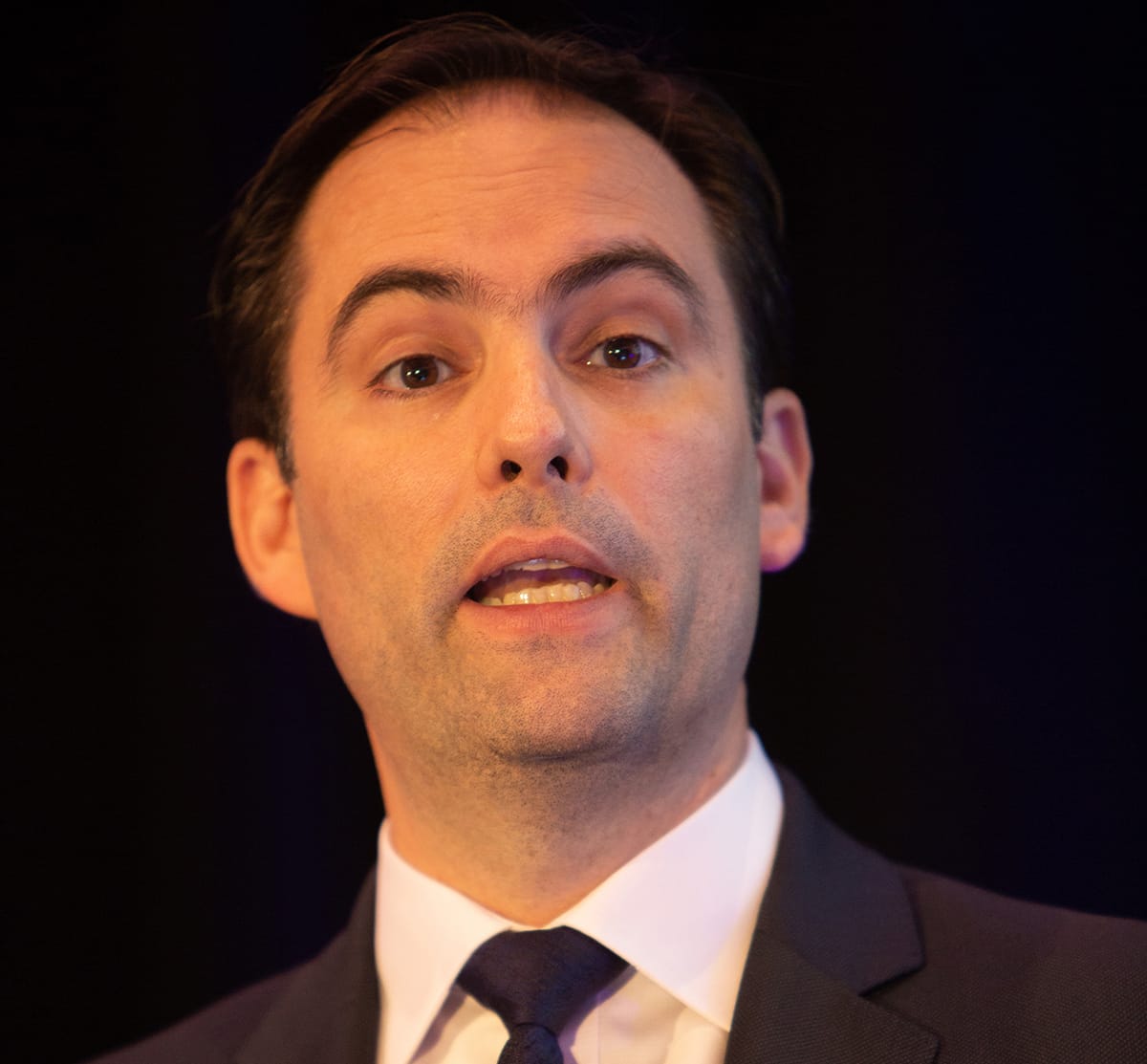Robert King, CEO of analytics, research, and technology firm Acuity Knowledge Partners, expects styles of working to be more varied post-pandemic.

Global Finance: We see banks taking a range of approaches to post-pandemic working. Are the models conflicting or coexisting?
Robert King: I would veer more towards coexisting. The banks are still aiming to provide the same solutions and services to their customers—that’s not diverging too much. It’s really more a question around corporate working culture. Firms will have more flexibility than previously and more-divergent practices. Some banks have decided that as long as employees get the work done to a high standard and meet their KPIs [key performance indicators], they can offer more flexibility and be more accommodating to family life and the various pressures we all have.
Other firms, such as Goldman Sachs, appear to have decided the best way to serve their clients, innovate and build the firm is to have a more office-based culture that includes water cooler conversations and office camaraderie. Far be it for me to say who’s right or wrong, but we are seeing firms dive off in different directions and define their culture.
GF: How does geography play a role in work preferences? Some countries are known for small living quarters.
King: As someone who has offices worldwide, I think the answer is more generational than geographic. I see it in my London office regarding the staff that has wanted to come back to work earlier, post-pandemic. When I first started in banking 25 years ago, there wasn’t a place I could work outside of the office, besides my bedroom. I lived in shared accommodations. This is a global commonality for young workers, whether in Costa Rica, New York City, India, Colombo, London or Beijing. Another attraction for young workers is being with people—learning from mentors and forging friendships.
If I were at my job at my previous firm, where I spent nearly 20 years and had a network in place, I would have been fine working from home.
Then again, it doesn’t matter if you are 25, 35, 45 or 55; if you first start in a company under remote work conditions, you may struggle to build your network and plug into the company’s culture. I think that is a true challenge.
GF: Do you think many employees will vote with their feet if they’re forced back into the workplace?
King: I think the overall answer is “No.” It will depend on the stance their company takes and how it relates to the individual employee.
If we take the two extremes—100% work-in-the-office and 100% work-from-home—different cohorts and types of employees will react differently. Therefore, smart firms are treading very carefully at the moment.
It’s a nuanced question, and I’m sorry to give a sit-on-the-fence response. Still, my experience would be that employers have to tread carefully and think almost about individual circumstances employee by employee where they can.
GF: Are banks making the necessary long-term investments to continue hybrid or flexible work environments post-pandemic?
King: There are certain investments required to have effective remote-working environments. My company, by design, was ill-equipped for the pandemic and the move to having 100% of our staff working from home. Maybe 15% of our labor force had laptops pre-pandemic.
So, like many firms, we became a mass purchaser of laptops in March and April of last year. We didn’t have the Zoom licenses for a 3,500-person company nor all the necessary security technology. We purchased various technologies to accommodate working from home, like cloud capacity and information-security technology. We now monitor and manage a remote network. So, I think many firms have made much of the necessary investment.
Banks have saved some money on electricity and air conditioning, which are real bills. Some also have saved some by reducing their real estate footprint. Yet, I think we are at the middle point when most companies have not started shrinking their real estate footprint. They are waiting to see what culture develops and what percentage of their employees want to come back to the office. It may never get back to 100%, but will it be 50% or 80%? Who knows?



